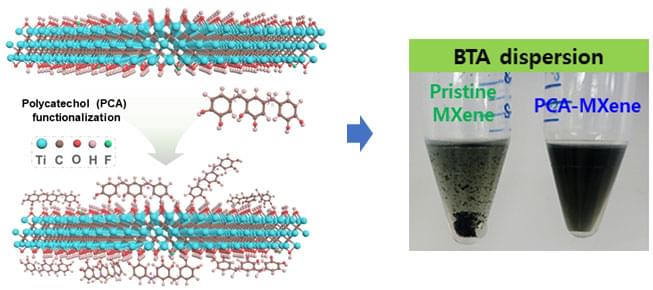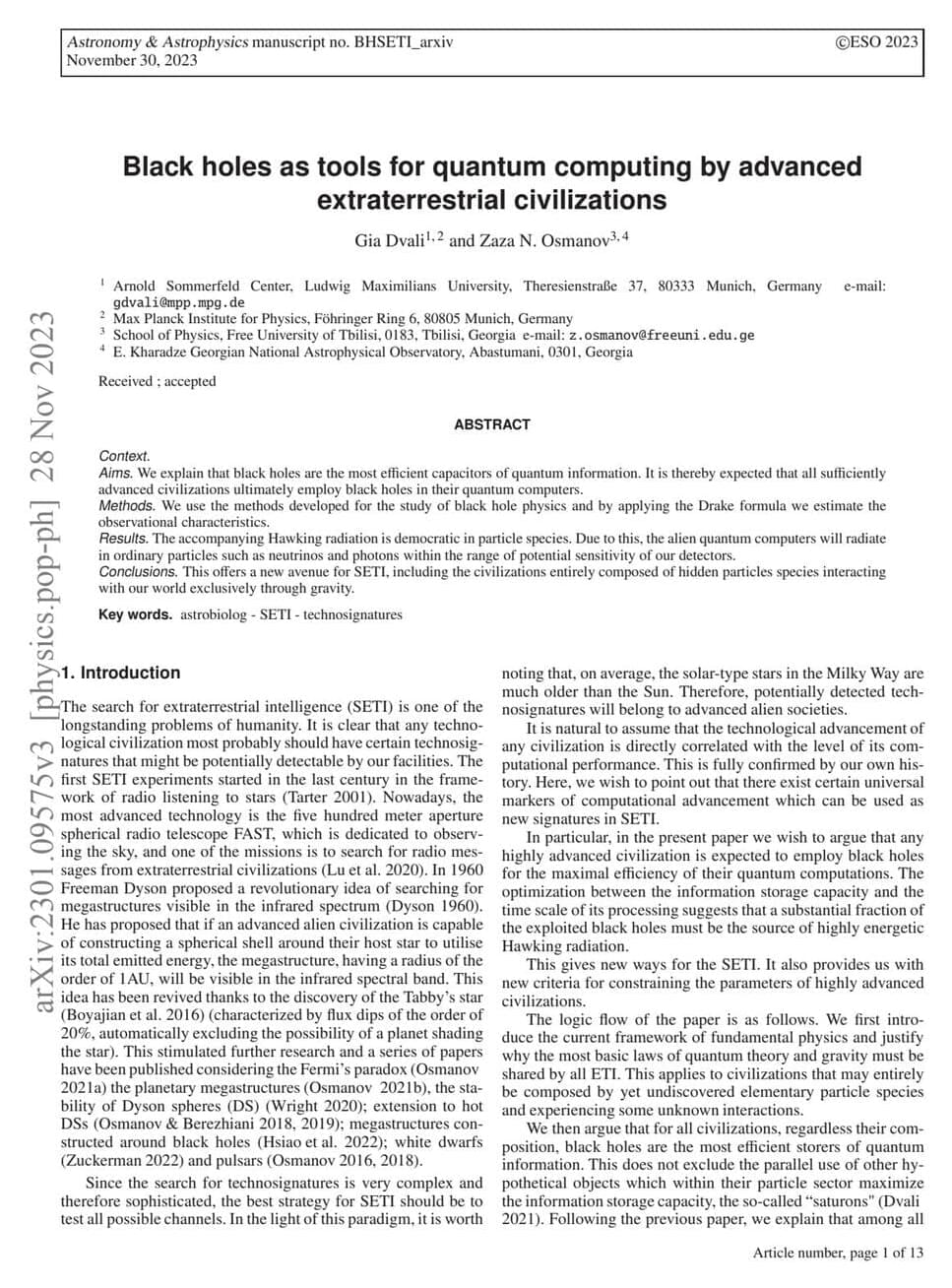A research team led by Professor Jong-min Choi of the Department of Energy Engineering has developed a technology that can significantly improve the efficiency of quantum dot photovoltaic cells by introducing organic solvent dispersible MXene.
The findings were published in Advanced Energy Materials (“Organic solvent dispersible MXene integrated colloidal quantum dot photovoltaics”).
Comparison of the dispersibility of quantum dot solar cell ink organic solvent according to surface modification of MXene. (Image: DGIST)








